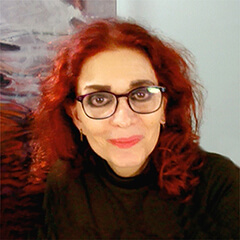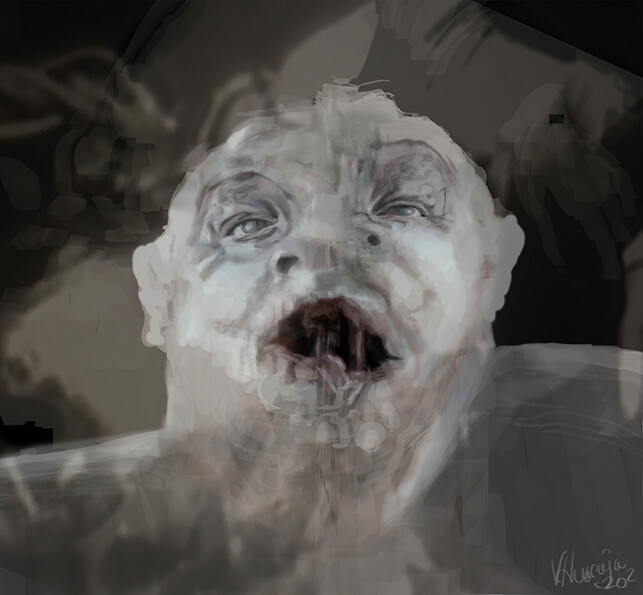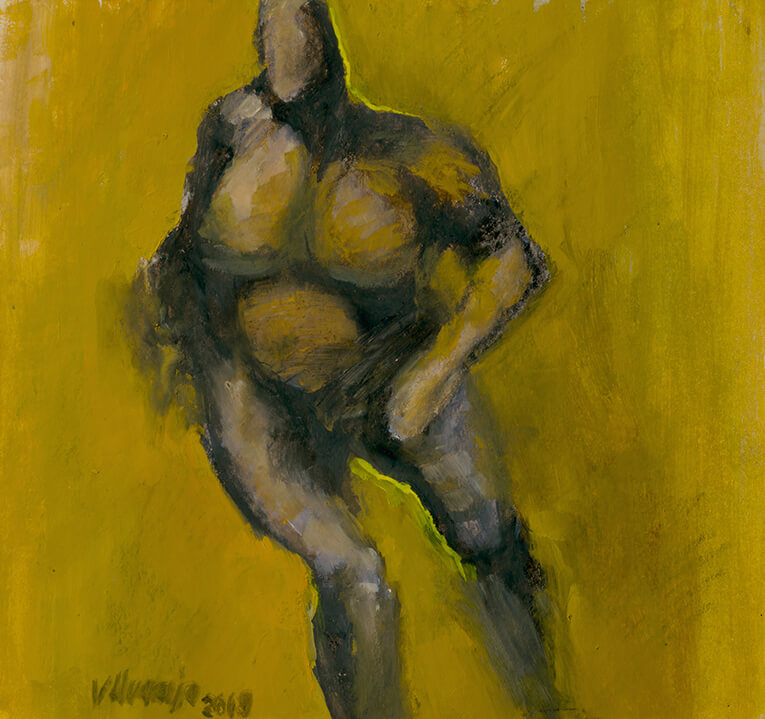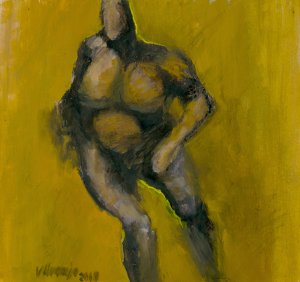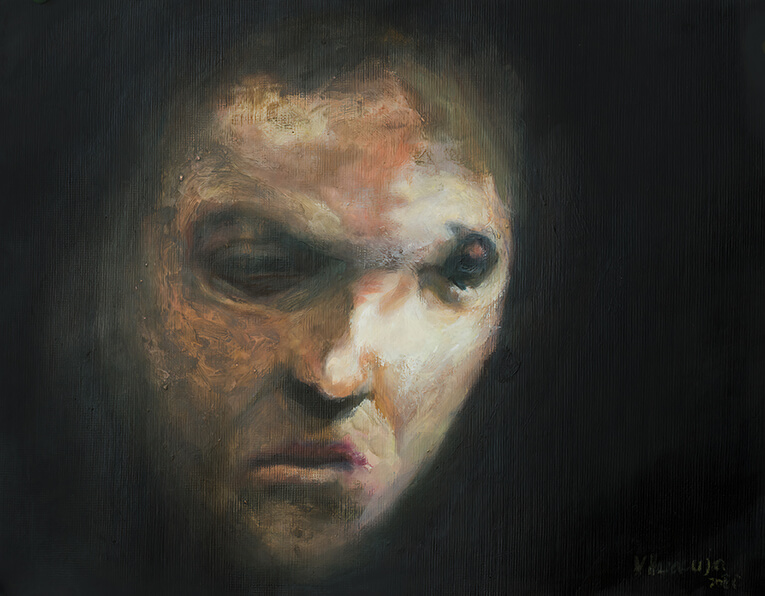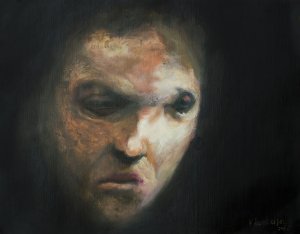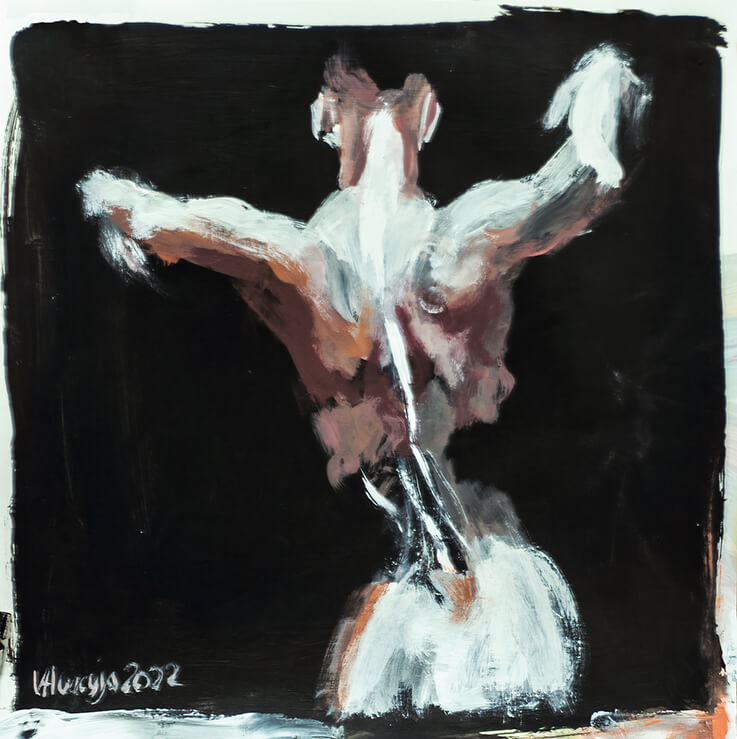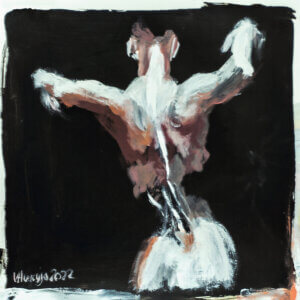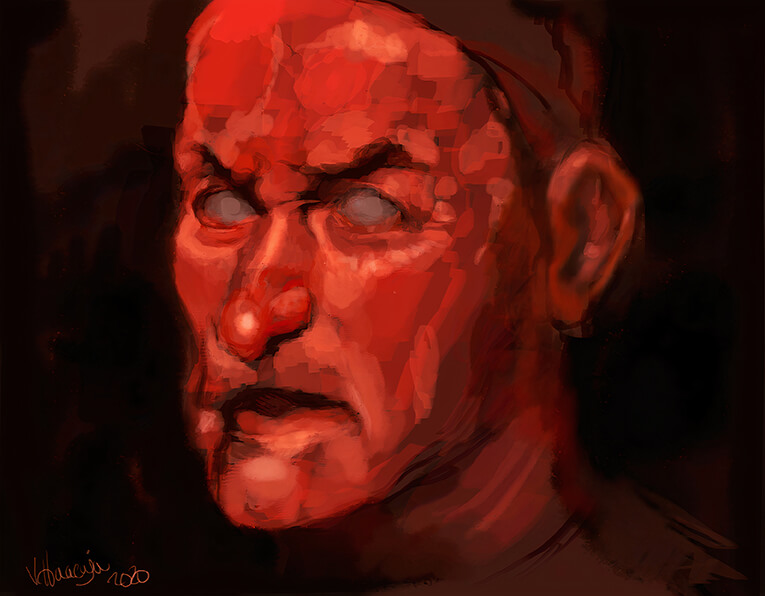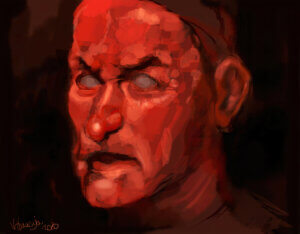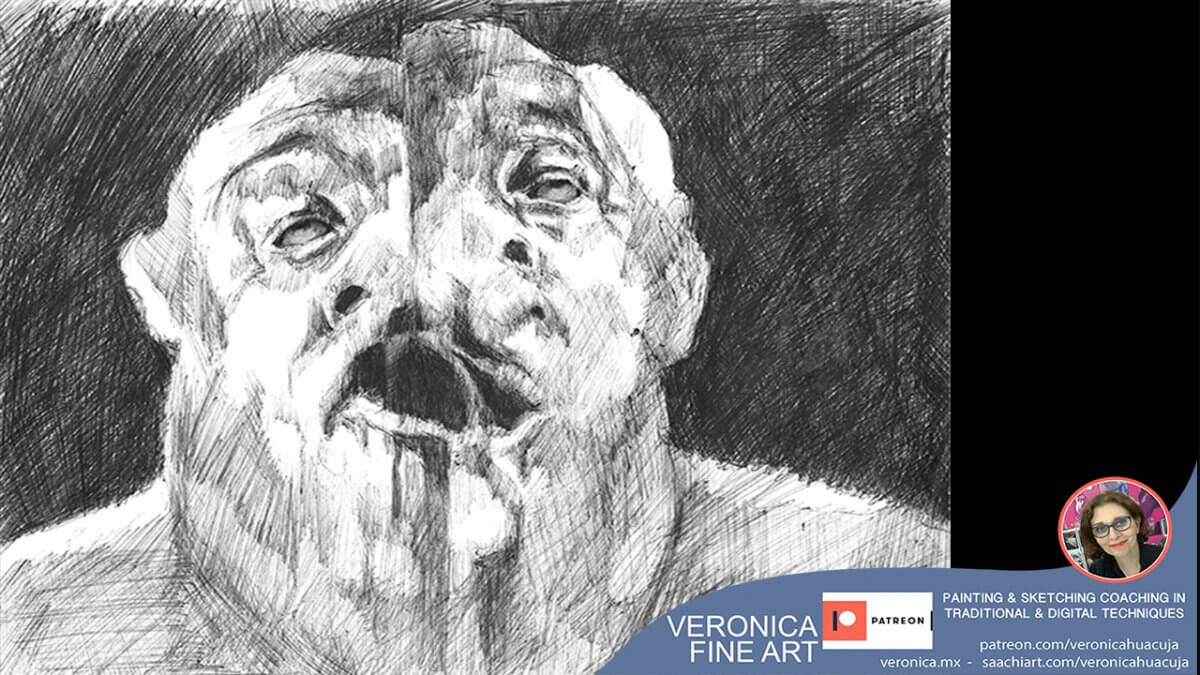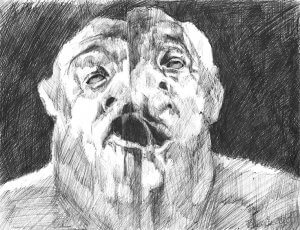Welcome to another Art Blog. My name is Veronica Huacuja. I'm a plastic artist, and an online art teacher for individuals and groups. I have some good tips for your painting process. Hope you find them useful.
SOME CONCEPTS TO START. Chiaroscuro is an Italian word that refers to the lighting and shadows in painting. Who used this interesting technique were the great painters of all times, such as Leonardo da Vinci, Rembrandt, Velázquez, among others.
This technique emphasizes light and dark, making out stand the most important figures in an artwork. “It was originally used while drawing on colored paper though it is now used in paintings and even cinema. It is very commonly seen in religious art, especially with the light emanating from the holy figure being painted. This process is used because it naturally draws the eye toward the focus point which the artist intends in a very natural way.” (1)
CHIAROSCURO AND TENEBRISM. I’d like to approach an interesting difference between these both techniques. Tenebrism comes from the Italian word “tenebroso”, which means dark. In this technique, shadow undergoes to black, there’s no intermediation between light and shadow. One of the great exponents of tenebrism is the Italian painter, Caravaggio (1571-1603, Milan, Duchy of Milan, Spanish Empire). On the contrary, chiaroscuro uses light and shadow to create depth behind the figures.
SOME COMMENTS REGARDING THE WORK I'M PRESENTING. As an artist, I’m concerned with abnormality and its effects on human life. To create this work, I read and watched testimonials of persons that have had the experience of an epiphany, which as we may know, is “an experience of a sudden and striking realization” (2), that can be mystical, religious, philosophical, etc.
In the work, I tried to embody this strange human experience using the chiaroscuro technique to add drama and three dimensionality to the piece. The data sheet of the work is:
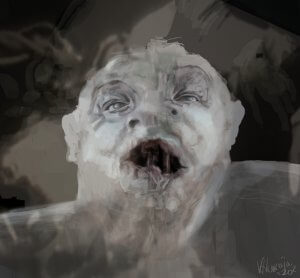
Title: Epiphany 5
Artist: Veronica Huacuja
Medium: Digital Art
Size: 9,448 x 8,740 px, 300 dpi
Year: 2020
Collection: Portraits
LET’S DEDUCE A SIGNIFICANT MEANING FROM THE ABOVE. We can study the body of art of the great masters of painting, learn their techniques and use them in our work, in whatever genre we manage. Also, we can keep in mind that our production, as artists, mostly come as if from dreams, where our experiences overlap in a delicate, ephemeral relationship.
Visit any time:
My ART SHOP: https://veronica-huacuja.pixels.com
My BODY OF ART: https://veronica.mx
I offer an ONLINE PAINTING PROGRAM in traditional or digital techniques: https://veronica.mx/online_painting_course
Other POSTS AND VIDEOS: https://patreon.com/veronicahuacuja
Thank you for reading.
1 https://artsandculture.google.com/usergallery/the-use-of-chiaroscuro/1AJCCI6Py2rgLA
